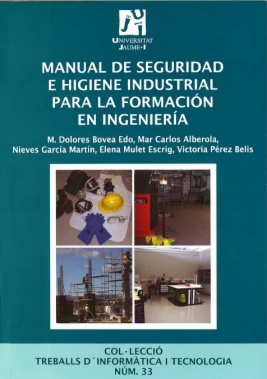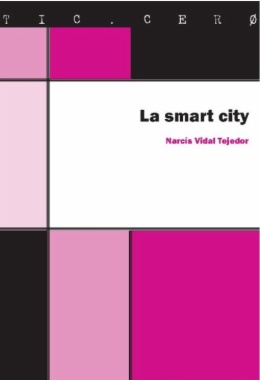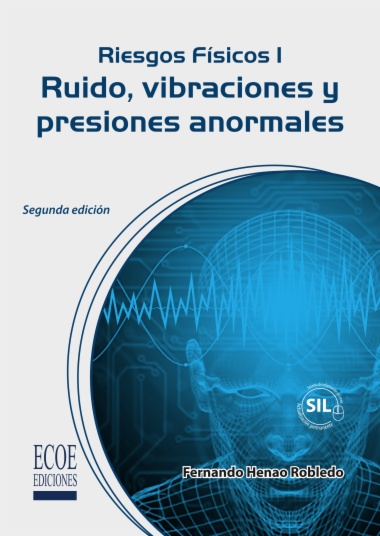
Estás filtrando por
Se encontraron 409 resultados en recursos

Compartir este contenido
Manual de seguridad e higiene industrial para la formación en ingeniería
Copia el enlace o compártelo en redes sociales
Arquitectura híbrida para sistemas cognitivos artificiales con comportamiento emergente, adaptativo y auto-organizado = Hybrid architecture for cognitive artificial systems with emergent, adaptive and self-organized behavior
Compartir este contenido
Arquitectura híbrida para sistemas cognitivos artificiales con comportamiento emergente, adaptativo y auto-organizado = Hybrid architecture for cognitive artificial systems with emergent, adaptive and self-organized behavior
Copia el enlace o compártelo en redes sociales
Development of a control strategy for mini CHP plants for an active voltage management in low voltage networks = Desarrollo de una estrategia de control para mini plantas CHP para una activa regulación de voltage en redes de bajo voltage
Compartir este contenido
Development of a control strategy for mini CHP plants for an active voltage management in low voltage networks = Desarrollo de una estrategia de control para mini plantas CHP para una activa regulación de voltage en redes de bajo voltage
Copia el enlace o compártelo en redes sociales
Development and Performance Evaluation of a Frequency-Agile Test Network = Implementación y evaluación de desempeño de una red de pruebas con frecuencias reconfigurables
Compartir este contenido
Development and Performance Evaluation of a Frequency-Agile Test Network = Implementación y evaluación de desempeño de una red de pruebas con frecuencias reconfigurables
Copia el enlace o compártelo en redes sociales
Hydrodynamic CFD study of a ducted turbine = Estudio hidrodinámico de una turbina canalizada
Compartir este contenido
Hydrodynamic CFD study of a ducted turbine = Estudio hidrodinámico de una turbina canalizada
Copia el enlace o compártelo en redes sociales
Pressure Behavior of a System Containing Multiple Vertical Fractures = Comportamiento de Presión de un Sistema que Contiene Múltiples Fracturas Verticales
Compartir este contenido
Pressure Behavior of a System Containing Multiple Vertical Fractures = Comportamiento de Presión de un Sistema que Contiene Múltiples Fracturas Verticales
Copia el enlace o compártelo en redes sociales

Muros de concreto reforzado con fibras de acero: Desempeño sismo-resistente basado en ensayos en mesa vobratoria
Compartir este contenido
Muros de concreto reforzado con fibras de acero: Desempeño sismo-resistente basado en ensayos en mesa vobratoria
Copia el enlace o compártelo en redes sociales

La smart city
Compartir este contenido
La smart city
Copia el enlace o compártelo en redes sociales

Riesgos físicos I
Compartir este contenido
Riesgos físicos I
Copia el enlace o compártelo en redes sociales

El mundo necesita ingenieras
Compartir este contenido
El mundo necesita ingenieras
Copia el enlace o compártelo en redes sociales
Selecciona las Colecciones en las que vas a añadir el contenido
Para consultar los contenidos añadidos busca la opción Tus colecciones en el menú principal o en Mi perfil.
